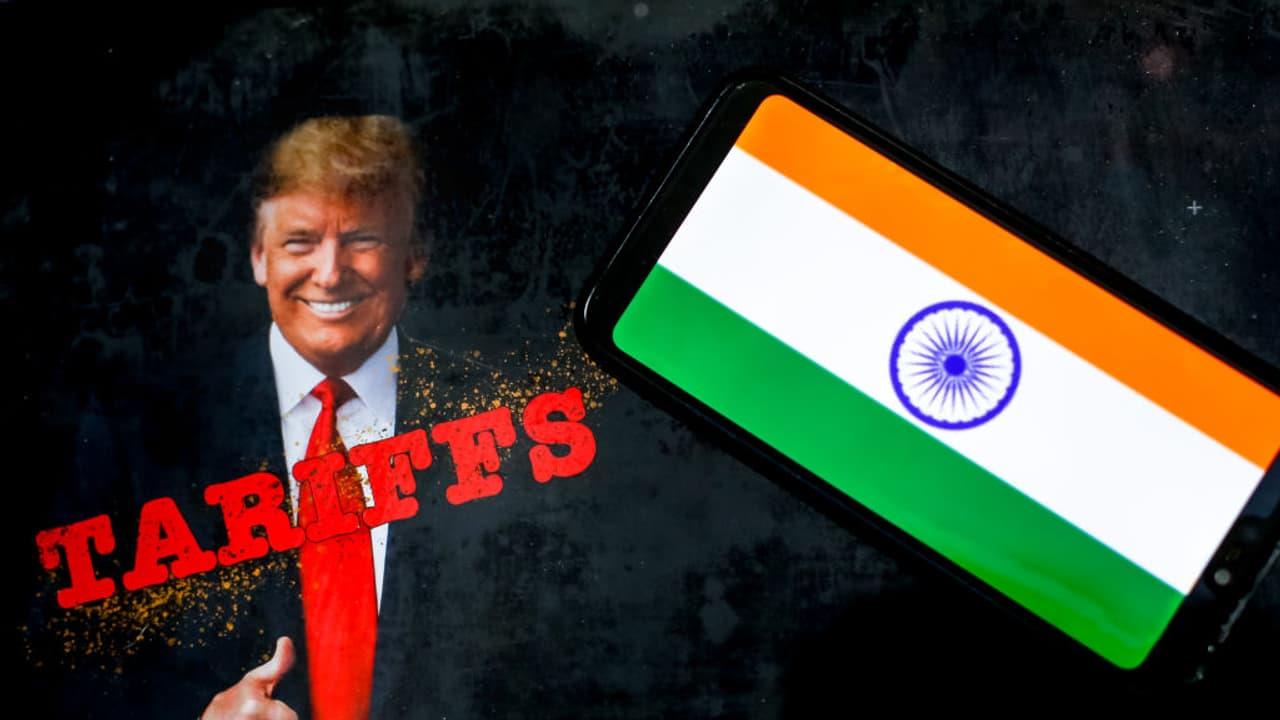Tariffs, Tawang, And Trust: Experts Decode India's Strategic Balancing Act Amid US Tariffs And China Thaw
New Delhi: Amid fast evolving situations surrounding trade tariffs between New Delhi and United States, India is now emerging as a deft strategist, crafting a foreign policy that is both principled and pragmatic. It stands at a critical junction, balancing its strategic interests, economic aspirations, and security concerns. It is carefully calibrating its military diplomacy, trade partnerships and regional engagement.
Even as relations between the United States and India sour following the Trump administration's decision to impose 50 percent punitive tariffs, New Delhi has dispatched its largest Army contingent yet for the 21st edition of the Yudh Abhyas exercise. Simultaneously, international media reports suggest that India is also drawing closer to China, despite years of strained ties.
While Prime Minister Narendra Modi attended the Shanghai Cooperation Organization (SCO) Leaders' Summit and held bilateral meetings with global leaders in Tianjin, China, India simultaneously carried out its next-generation combat preparedness drill, Exercise Yudh Kaushal, in Arunachal Pradesh's Tawang - a region long claimed by Beijing.
Asianet Newsable English spoke to a number of experts to understand the dynamics of the situation that erupted post imposition of tariffs by the United States.
India's Strategic Moves Go Beyond Tariff Tensions
Sharing his perspective on the evolving regional dynamics, Major General Sudhakar Jee (Retd), a noted expert on geopolitics, strategy, defence and security, underlined the larger context behind India's military and diplomatic moves.
“The current thaw in India -- China relations has to be seen from the perspective of 'extended stand-off between India and China along the northern border of 3488 kms' consequent to Galwan (2020) and the resolve of India to 'make PLA disengage from Depsang and Demchock first followed by de-escalate and de-induct,' a milestone declared on 21 October 2025 by the foreign secretary of India, Vikram Misri and not as a sequel to the Trump's Tariffs Tensions ( TTT) that took off from 09 April 2025,” he said.
Major General Sudhakar Jee (Retd) explained that Indo-US relations can broadly be divided into a "period of estrangement" prior to 2000 and a "period of engagement" thereafter. Over the past 25 years, during this phase of engagement, both nations have built strong“institutional linkages” through multiple agreements, treaties and understandings aligned with the security imperatives of the Indo-Pacific region.
“Joint Training, such as 21st edition of Yudh Abhyas is one such event currently in progress from 01 to 14 September 25 in Alaska in continuum with the established agreements regardless of temporary ongoing tariffs tensions,” he further said.
Balancing Engagement with Strategy
Highlighting India's calibrated approach to foreign policy, Associate Professor of International Affairs at Jindal Global University, Pooja Bhatt, stressed that New Delhi's military engagements reflect both strategic consistency and nuanced diplomacy in the face of shifting global dynamics.
“The continuation of India's annual military exercise Yudh Abhyas with the United States, alongside the advanced high-altitude exercise Yudh Kaushal conducted at Tawang, underscores India's strategic consistency amid rapid geopolitical changes," she said.
“These exercises demonstrate that, while India maintains constructive engagement with both the US and China, it places greater strategic trust in the US on matters concerning national interests and sovereignty,” Pooja Bhatt added.
“This dual approach reflects India's nuanced foreign policy, balancing regional dynamics while reinforcing key partnerships to safeguard its strategic autonomy.”
Navigating Global Shifts
Offering a broader perspective on the current flux in international relations, Aparaajita Pandey, Assistant Professor at Amity University's Department of Defence and Strategy, noted that India and the United States have endured far greater challenges in their partnership. She argued that the present turbulence, triggered by tariffs imposed under the Trump administration, carries an element of irrationality.
“India and the US have weathered greater turbulence in their relationship. It is a recent development due to the tariffs levied by the Trump regime that bring an element of irrationality with them," she said.
“At the moment, the global south is looking for answers that lie beyond the conventional boundaries of global political and economic systems that have traditionally been dominated by the west,” she said.
"While it is easy to think that India is trying to use China as a counterbalance to the US; it is important to bear in mind that this thawing of relations between India and China is nascent and must be observed with the backdrop of the decades of competing and issues of sovereignty between the two countries.”
“It would be easy to accept that the tariffs would force India and China to find ways of collaborating with each other without the burden of the past but the reality of that is quite improbable,” Aparaajita Pandey added.
Legal Disclaimer:
MENAFN provides the
information “as is” without warranty of any kind. We do not accept
any responsibility or liability for the accuracy, content, images,
videos, licenses, completeness, legality, or reliability of the information
contained in this article. If you have any complaints or copyright
issues related to this article, kindly contact the provider above.
Most popular stories
Market Research

- United States Lubricants Market Growth Opportunities & Share Dynamics 20252033
- UK Digital Health Market To Reach USD 37.6 Billion By 2033
- Immigration Consultancy Business Plan 2025: What You Need To Get Started
- United States Animal Health Market Size, Industry Trends, Share, Growth And Report 2025-2033
- Latin America Mobile Payment Market To Hit USD 1,688.0 Billion By 2033
- United States Jewelry Market Forecast On Growth & Demand Drivers 20252033






















Comments
No comment